Market Trends
Key Emerging Trends in the Elastic Adhesive Market
The elastic adhesive market has been experiencing significant shifts and evolutions in recent years, reflecting the broader trends in the construction, automotive, and medical sectors. As industries continue to prioritize efficiency, durability, and sustainability, the demand for advanced adhesive solutions that can cater to these needs has surged.
In the construction sector, there's a growing preference for elastic adhesives due to their ability to withstand dynamic loads, temperature fluctuations, and various environmental conditions. Unlike traditional adhesives, which may become brittle or lose their adhesive properties over time, elastic adhesives offer flexibility and resilience. This flexibility is particularly valuable in applications such as bonding facade elements, installing flooring, or sealing joints, where movements due to structural settling or thermal expansion are common. As urbanization accelerates and infrastructure projects become more complex, the demand for reliable and long-lasting adhesive solutions is expected to drive the growth of the elastic adhesive market in the construction sector.
Similarly, the automotive industry has been a key driver of innovation in the elastic adhesive market. With the increasing emphasis on lightweighting vehicles to improve fuel efficiency and reduce emissions, manufacturers are exploring new materials and bonding techniques. Elastic adhesives play a crucial role in bonding lightweight materials like aluminum, composites, and plastics, providing a strong and durable bond while also contributing to the overall structural integrity of the vehicle. Additionally, the trend towards electric and autonomous vehicles has led to the need for adhesives with excellent electrical insulation properties and resistance to high temperatures. As automakers continue to adopt these advanced technologies, the demand for specialized elastic adhesives tailored to the automotive industry's unique requirements is projected to grow.
In the medical sector, the use of elastic adhesives has been steadily increasing, driven by the growing demand for wearable devices, medical tapes, and advanced wound care products. Elastic adhesives offer superior comfort, breathability, and skin-friendliness, making them ideal for applications where prolonged contact with the skin is required. Moreover, the rise of minimally invasive surgical procedures and the development of innovative medical devices have created new opportunities for elastic adhesives. These adhesives can be used to bond and seal components in medical devices, ensuring reliability and patient safety. As healthcare providers and medical device manufacturers continue to prioritize patient comfort and safety, the demand for high-performance elastic adhesives in the medical sector is expected to expand further.
Furthermore, sustainability has become a key driving force in the elastic adhesive market, with manufacturers focusing on developing eco-friendly and recyclable products. As regulations become stricter and consumers become more environmentally conscious, there's a growing demand for adhesives that minimize environmental impact without compromising performance. This has led to innovations in bio-based adhesives, solvent-free formulations, and recyclable adhesive systems. As the circular economy gains momentum and sustainability considerations become integral to product development and procurement decisions, the elastic adhesive market is poised for continued growth and innovation.

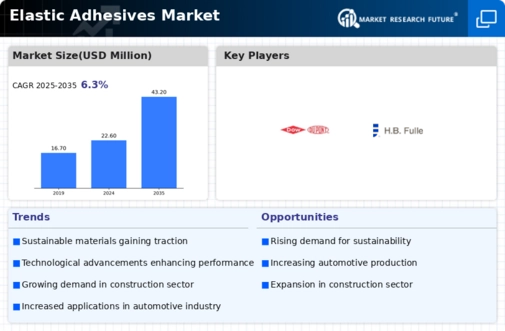
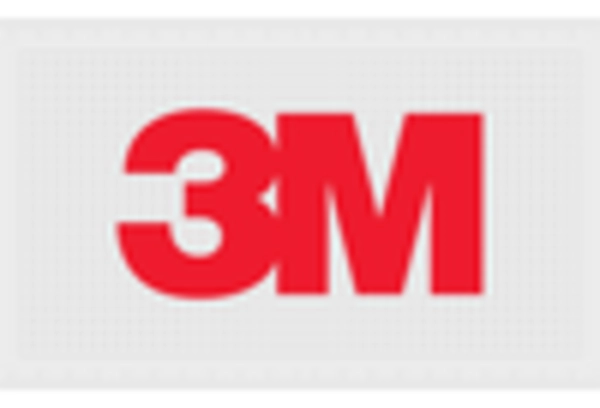


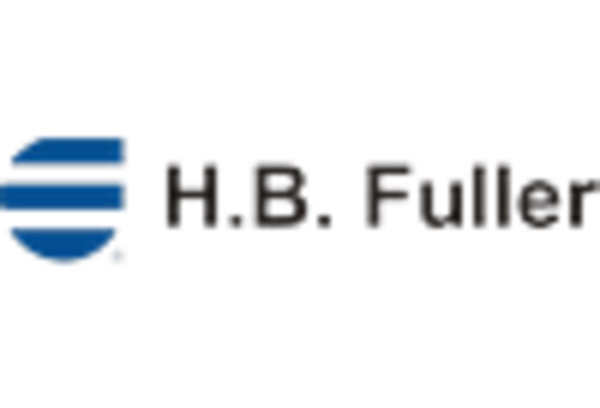
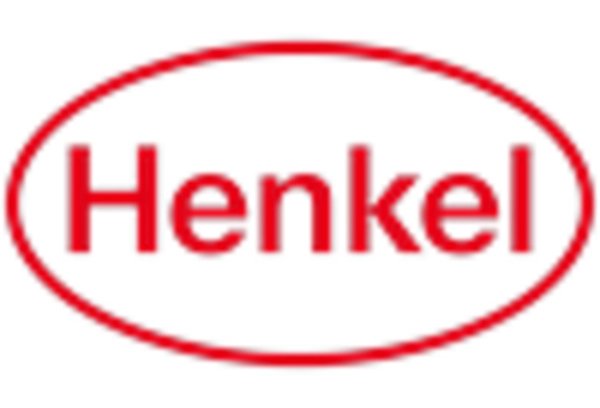
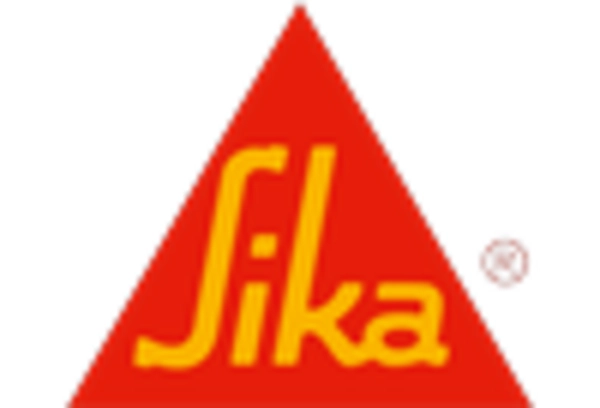









Leave a Comment